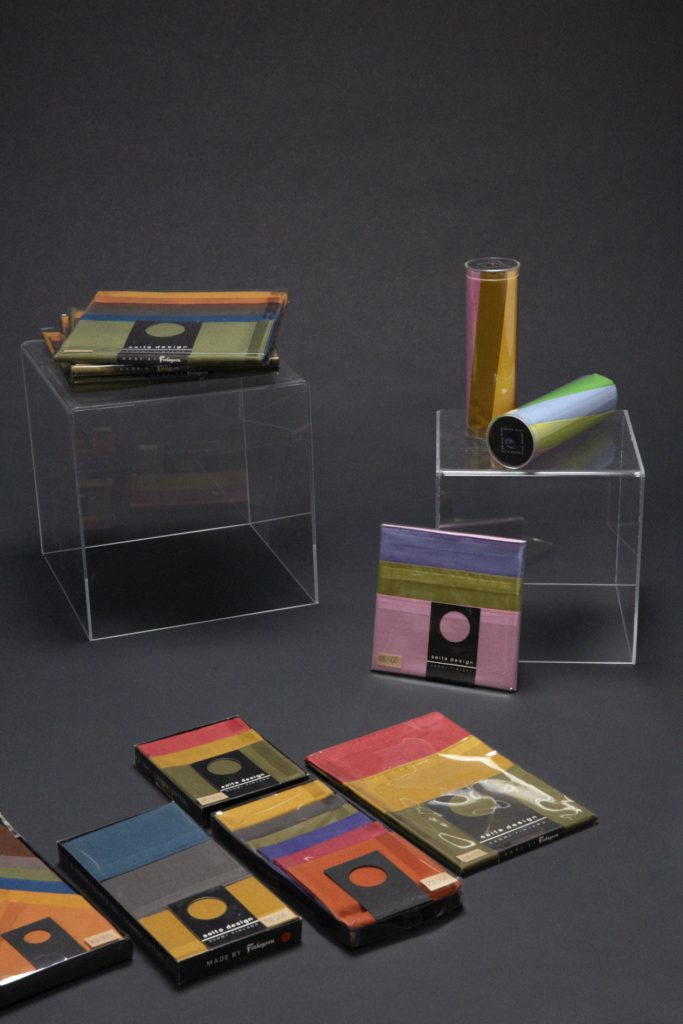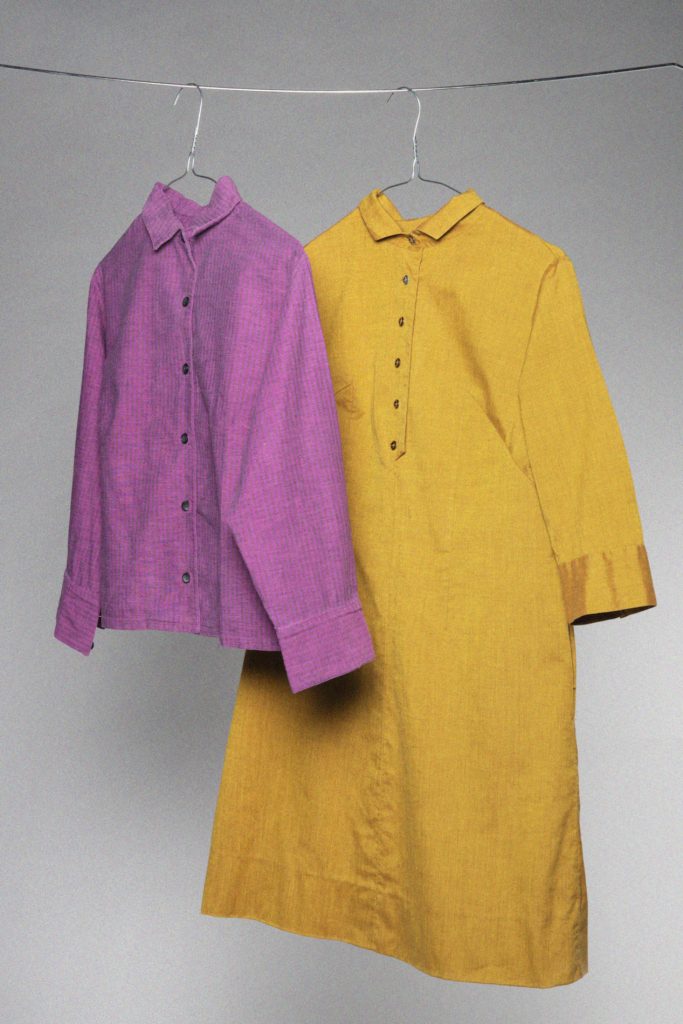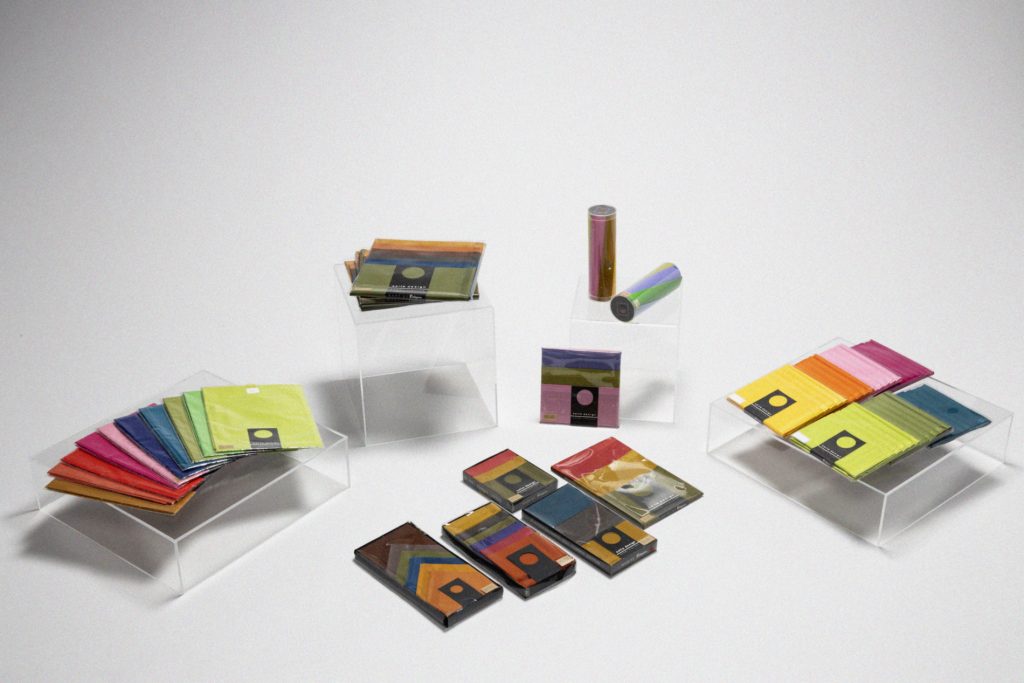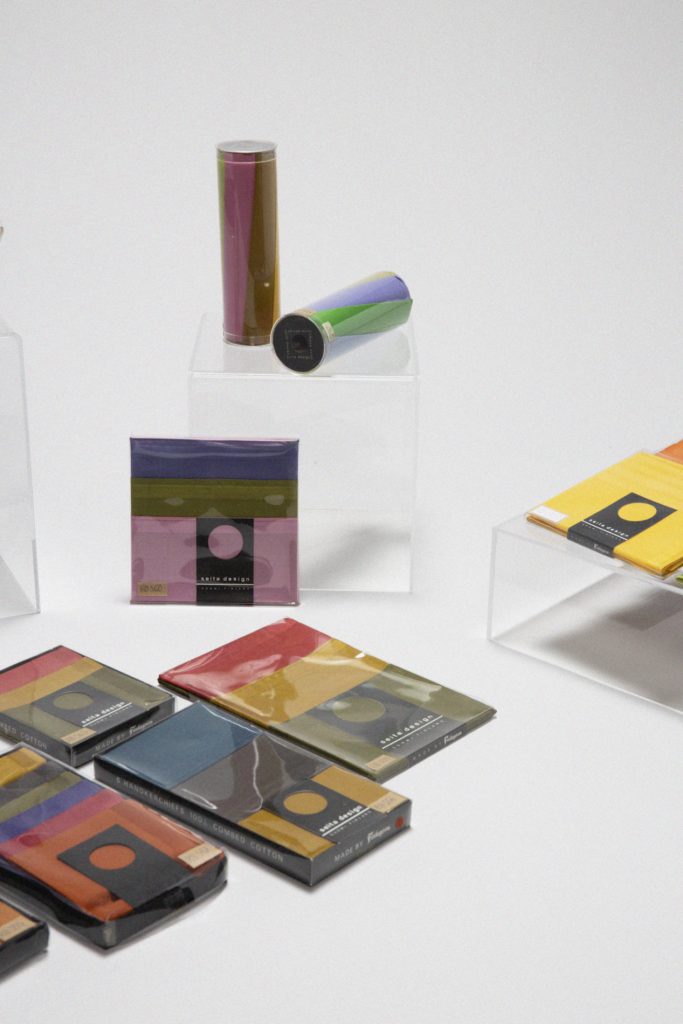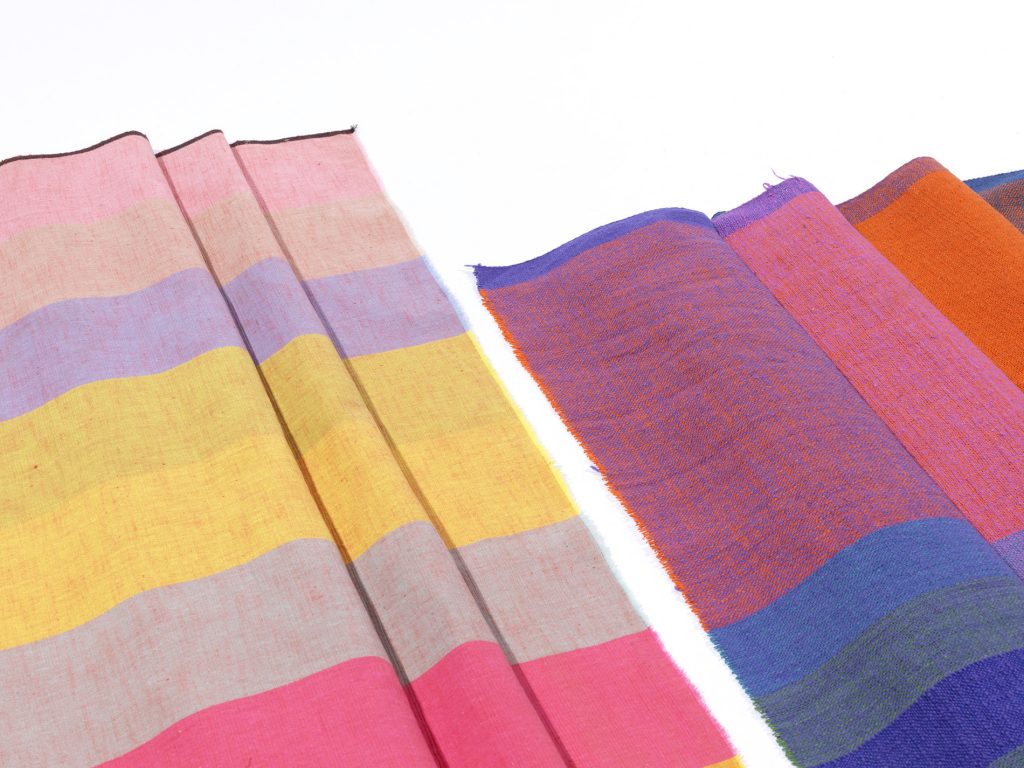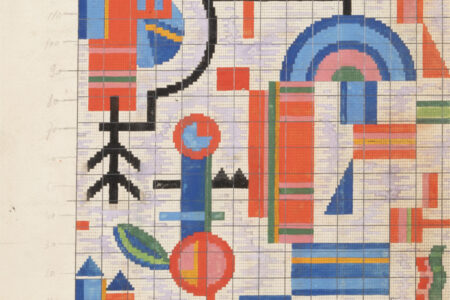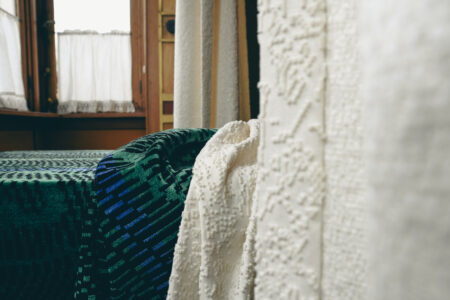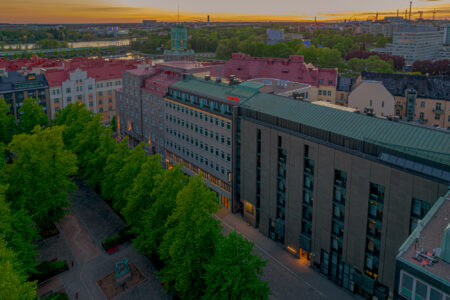Greta Muuri: Curating the Versatile Seita Collection
TLmag caught up with Greta Muuri who curated the visible Seita collection storage. A set-up that investigates Rut Bryk’s colorfully and diverse work.
EMMA Espoo Museum of Modern Art recently opened the visible storage with Rut Bryk’s textile collection Seita. It contains astonishingly colorful pieces created by the Finnish design icon, and is curated by designer Greta Muuri. TLmagazine caught up with her about her research and experience as a curator.
TLmag: Rut Bryk was an innovative textile designer, could you elaborate on that?
Greta Muuri (GM): She had a really rare sense of color, which was reflected in her ceramic works and the vibrant color schemes of the Seita collection. Among other things, the collection contained the so-called Seita-fabrics. These were sold by the meter and customers could create the clothes or interior textiles. Also, there where Seita textile products like towels, tablecloths, napkins, handkerchief, scarves, bedspread, and dressing gowns.
The collection is all about colors and small details in the pieces. For example in the handkerchief package, her eye for detail is apparent. There are six handkerchiefs in one package and the colors are different, but they fit perfectly together. What was special about the Seita fabrics is that they were double-sided. So for example, one side is pink and the other side is green. This double-sided coloring was shown in other products as well, such as a pink tablecloth with green edges. Also, the black cardboard packages are beautiful, designed in the Tapio Wirkkala Design office.
TLmag: Could you tell a bit more about her design ideology? How can we see this through her work?
GM: Of course, Bryk was an internationally acclaimed pioneer of modern ceramic art. She worked in the art department of Finland’s famed Arabia ceramics factory and held numerous ceramic exhibitions around the world. But also the fabrics from the Seita collection appeared in in the 1960s as part of Bryk’s international ceramic exhibitions. I think that Rut Bryk did her every work assignment with passion and rigor, whether it was textile or ceramic. The Seita collection is just an example of how versatile Bryk really was.
TLmag: Originally you’re a designer, and you did research into her work. How did you like to do the research to create this exhibition? What were the learning points for you?
GM: The research is based on my thesis work, where I already did extensive research. It was based on Tapio Wirkkala Rut Bryk Foundations Seita collection and Vaasa and Finlayson Cotton factory archive collection. Also, I interviewed Rut Bryk and Tapio Wirkkala heirs Sami Wirkkala and Maaria Wirkkala.
Because it has been a few years since I made the thesis, I read it again and went through the Seita collection which has over 2000 pieces. So what was new to me, was to learn how the Seita textiles fit into the Bryk- Wirkkala Visible store. The visible storage shows Rut Bryk’s and Tapio Wirkkala’s collection and archive, that comprises hundreds of objects, models, drawings, sketches, prototypes, and photographs. So it was a challenge.
TLmag: What, would you say, is the aim or narrative of this exhibition?
GM: The aim of the Seita collection display was to showcase the collection in all its artistic diversity. Only a few people know that Rut Bryk also designed industrially produced fabrics. The Seita collection is extensive and it consist of tens and hundreds of different Seita textiles in different colors. Also in the display, there are images where you can see Rut Bryk designing the Seita-fabrics.
Cover image: Curator Greta Muuri, Kuva / Photo: Ella Tommila / EMMA
All following images: Rut Bryk, Seita canvas and textile products, Tapio Wirkkala Collection of Rut Bryk Foundation. Photos: Ella Tommila / EMMA
